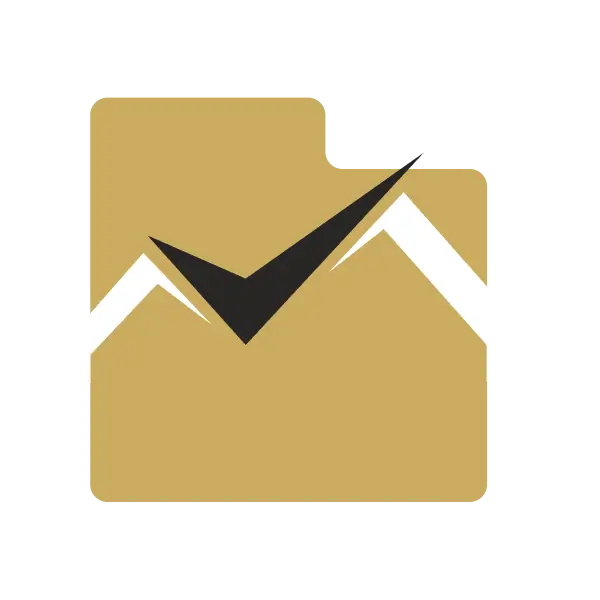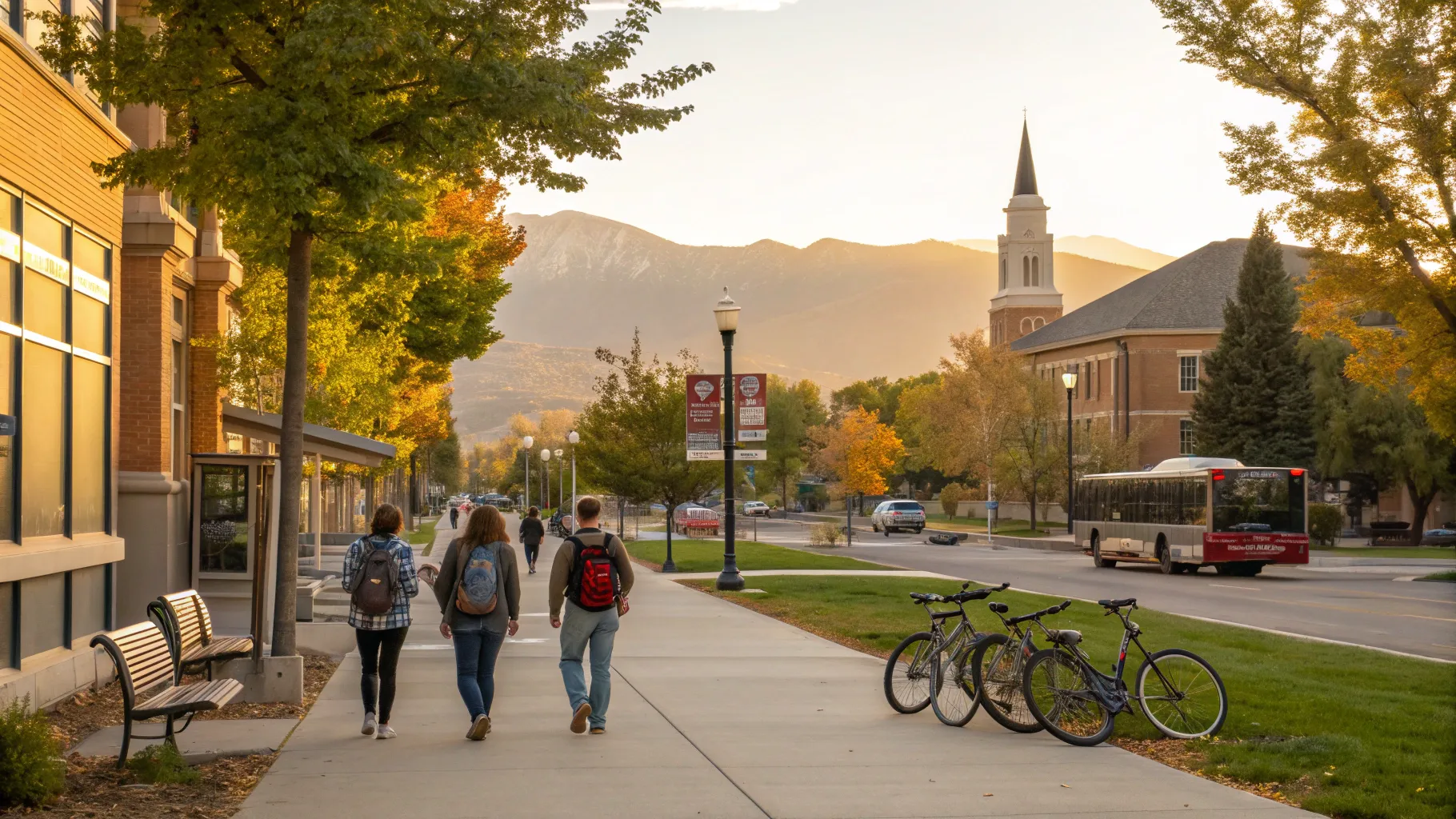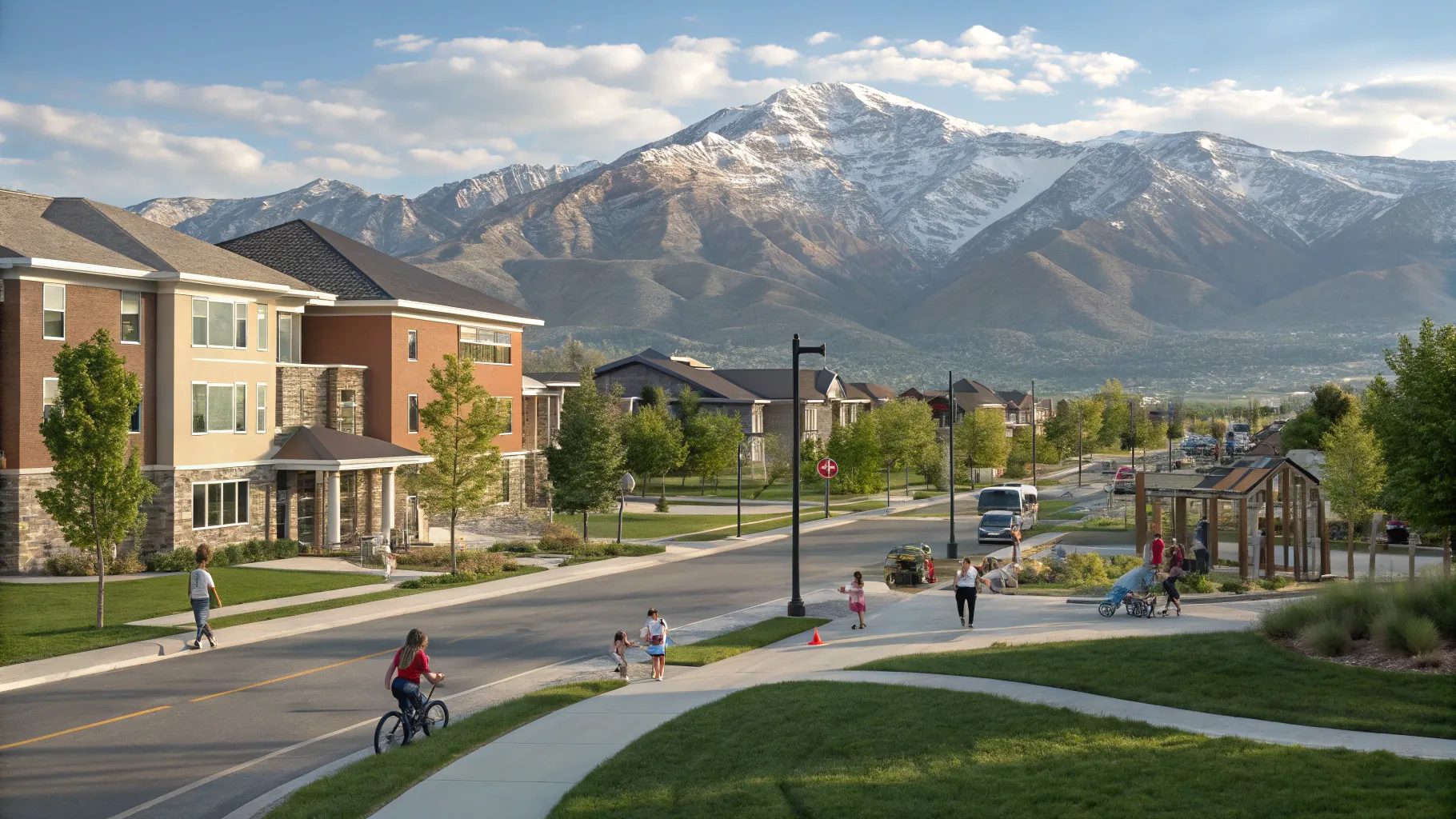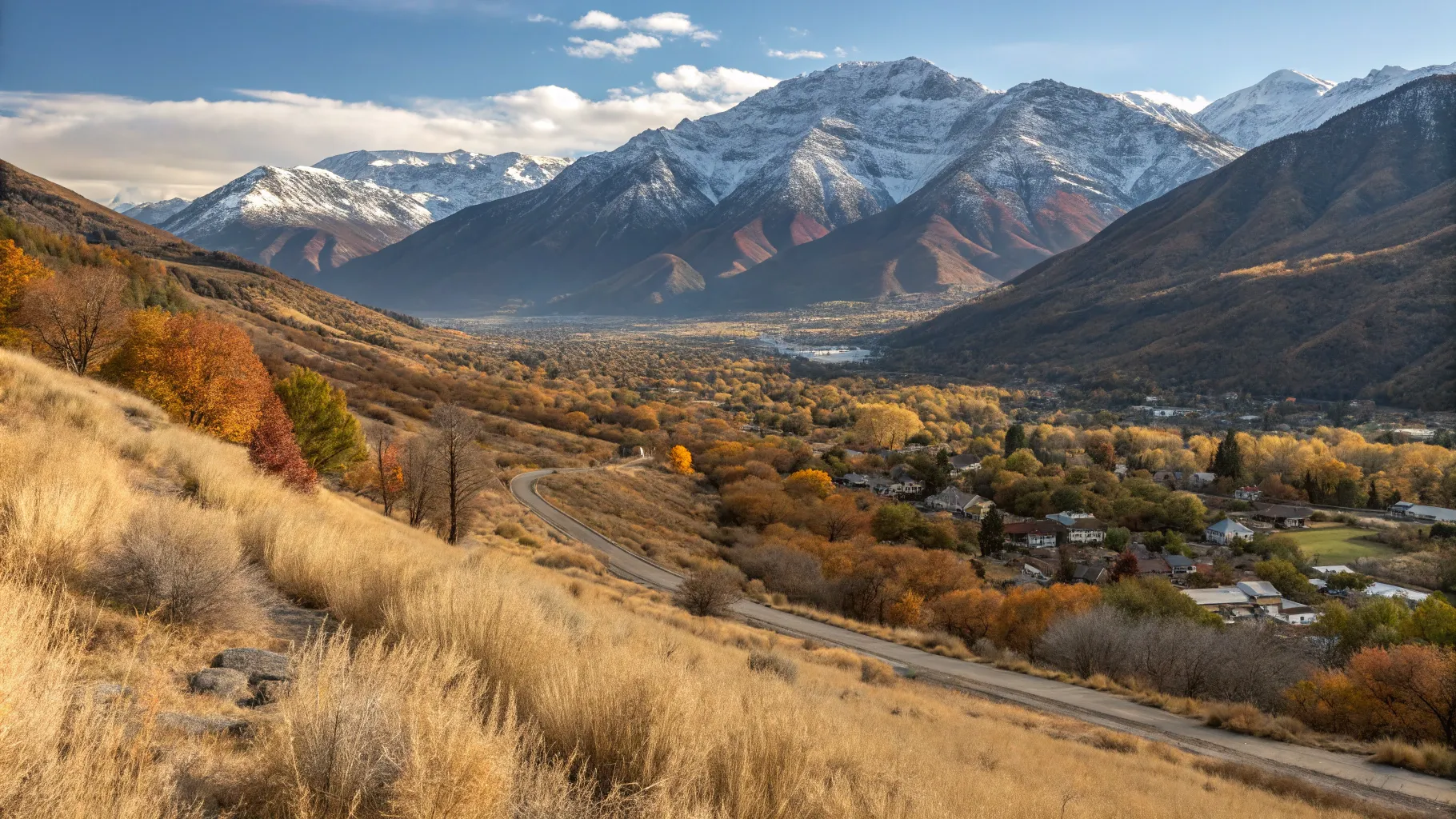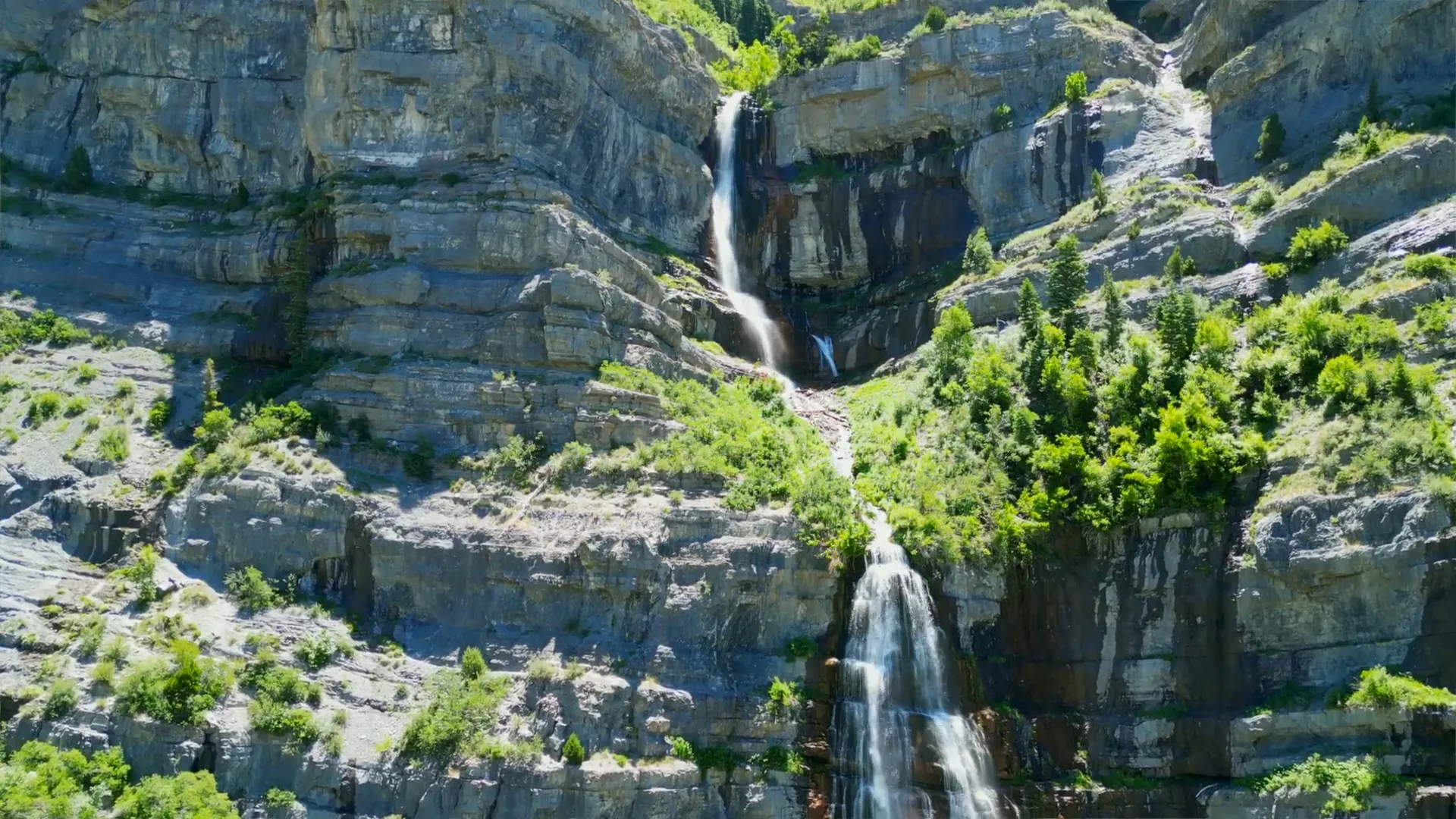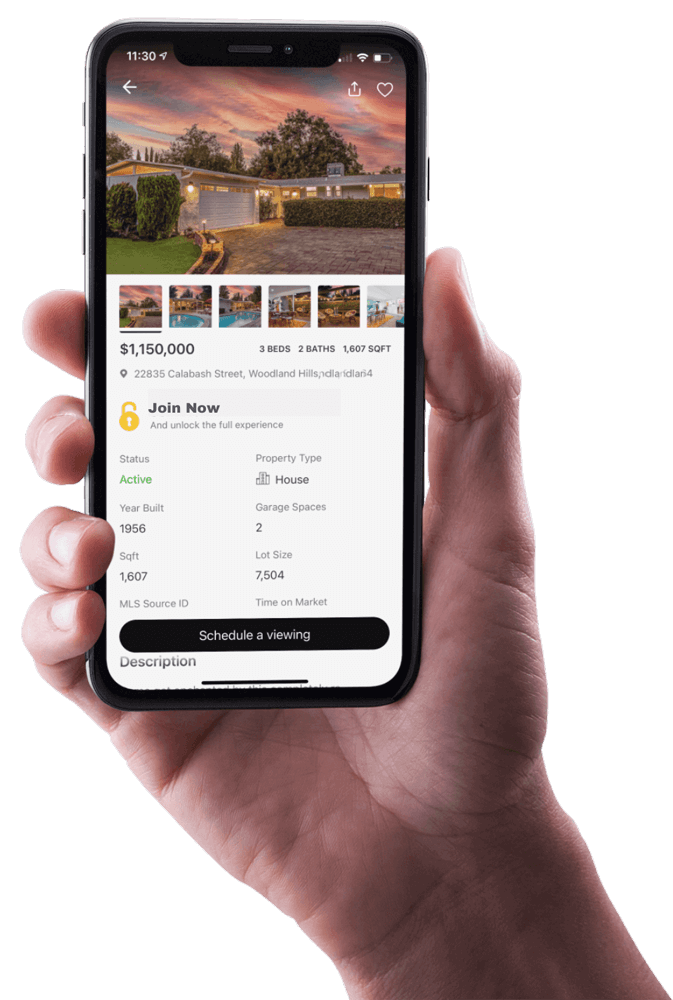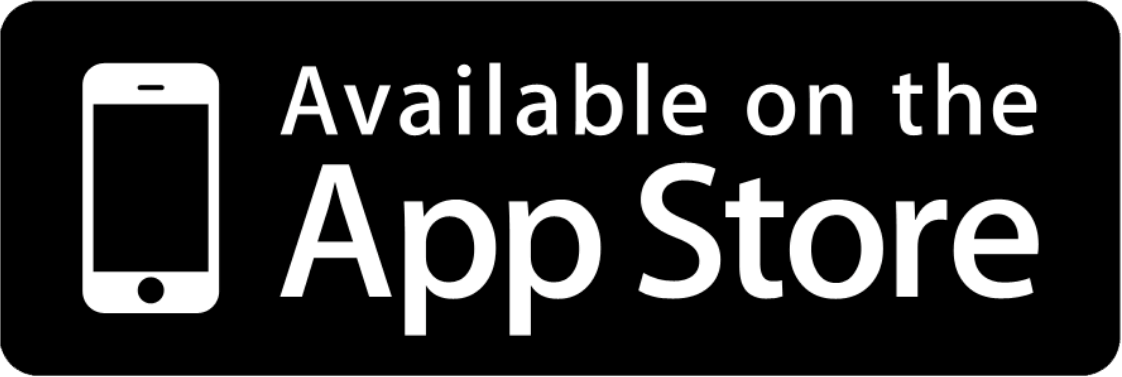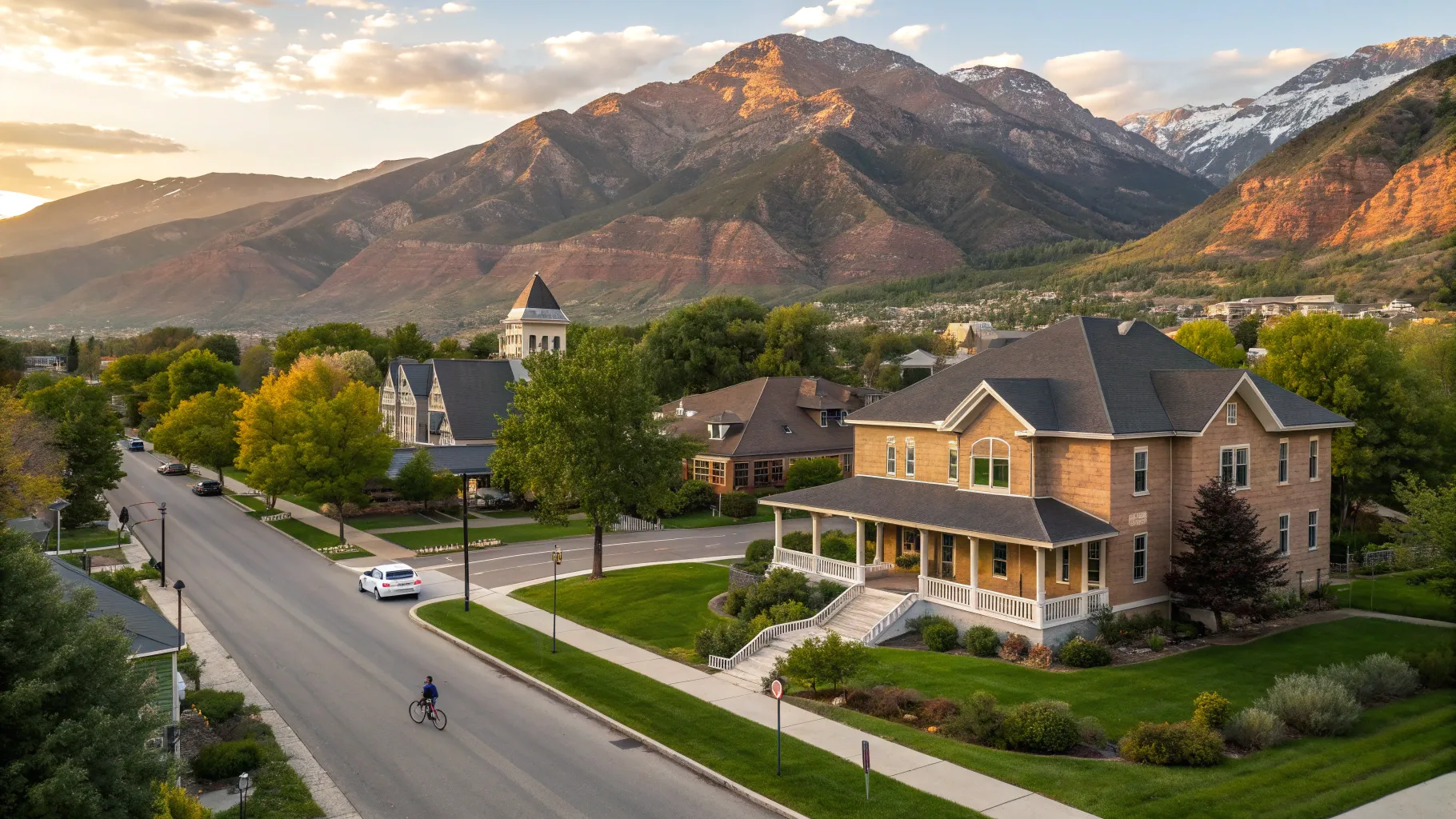
Provo, Utah blends mountain scenery, a strong university presence, and active outdoor culture—factors that shape both daily life and the local real estate market. This guide highlights 15 top attractions in and around Provo, explaining how each spot contributes to neighborhood character, lifestyle choices, and investment opportunities for buyers, sellers, and investors focused on Utah real estate.
Quick Outline
- Introduction to Provo's lifestyle and market influence
- Top 15 attractions with real estate context
- How attractions affect home values and rental demand
- Step-by-step checklist for buying near Provo highlights
- FAQ for prospective residents and investors
- Resources
Top 15 Things To Do in Provo — With Real Estate Perspective
15. Provo Canyon
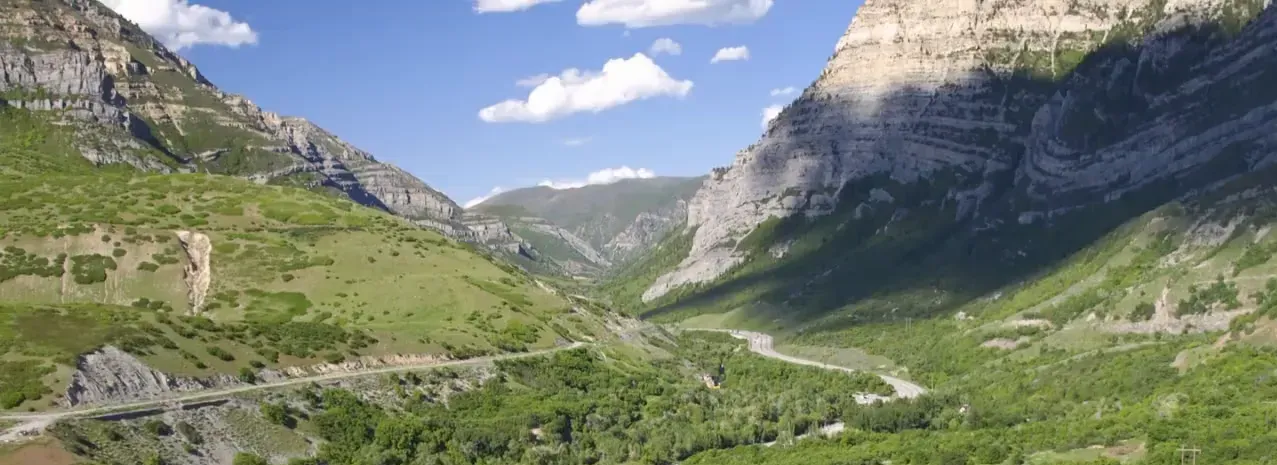
Provo Canyon follows Highway 189 and showcases dramatic cliffs, riverfront access, and multiple park pull-offs like Vivian Park and Big Springs Park. Neighborhoods close to the canyon benefit from quick access to hiking, fishing, and scenic drives—amenities that increase demand for single-family homes and attract buyers seeking outdoor-oriented lifestyles. For investors, properties within a short drive to the canyon often command higher rental interest during warmer months and weekends.
14. Bridal Veil Falls
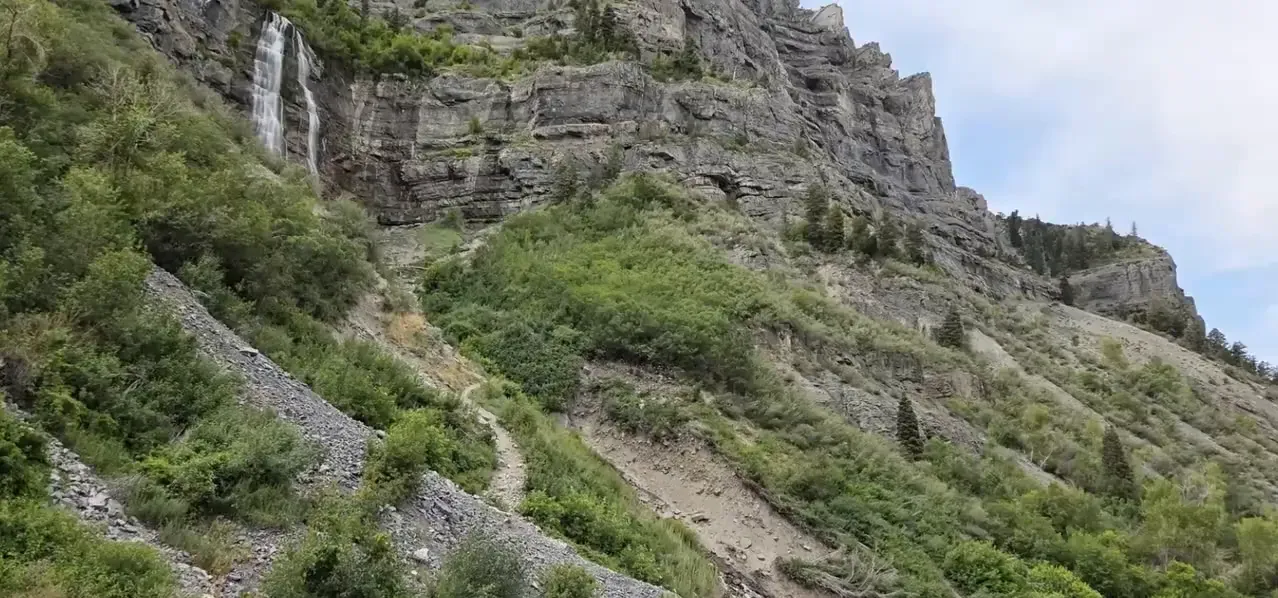
Just 15 minutes from downtown, Bridal Veil Falls offers an accessible 600-foot double waterfall and paved paths that are family-friendly and ADA-friendly to the base. Proximity to such iconic natural features tends to raise desirability among young families and retirees seeking scenic recreation close to home, which can translate into stronger appreciation and steady resale demand for nearby properties.
13. Utah Lake State Park
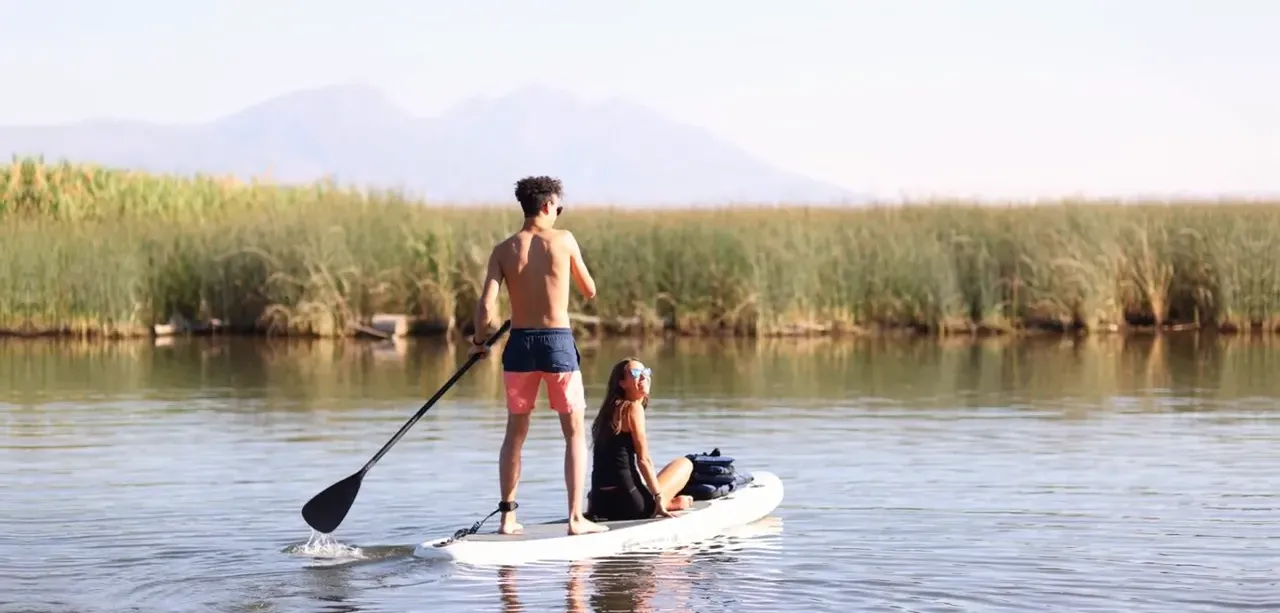
Utah Lake State Park, the largest freshwater lake in the state, supports boating, fishing, and large picnic and camping areas. Lakeside communities often see a lifestyle premium: waterfront or water-view homes command higher prices and appeal to buyers seeking year-round recreation. In addition, the park’s accessible ramps and facilities support both short-term vacation rentals and long-term family living, influencing zoning and seasonality patterns in local rental markets.
12. Monte L. Bean Life Science Museum (BYU)
Located on the Brigham Young University campus, this life science museum brings educational programming and family-friendly exhibits to the area. Proximity to university cultural assets increases interest from faculty, grad students, and families who prioritize access to campus events and educational amenities. Properties within walking distance of BYU often maintain stable demand due to the campus employment base and student rental market.
Explore Utah Real Estate
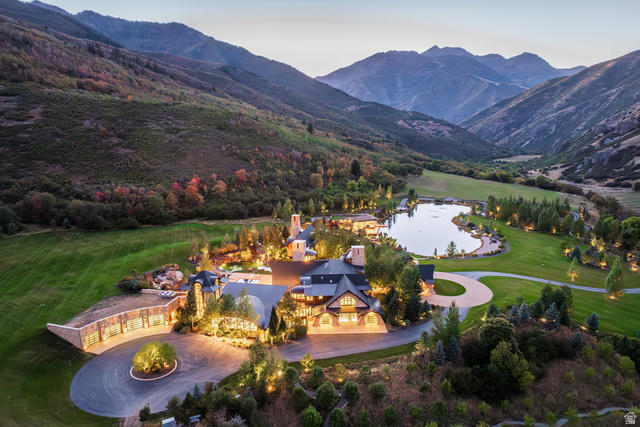
5618 E SOUTH FORK RD, Provo, UT
$43,000,000
Bedrooms: 6 Bathrooms: 10 Square feet: 22,958 sqft
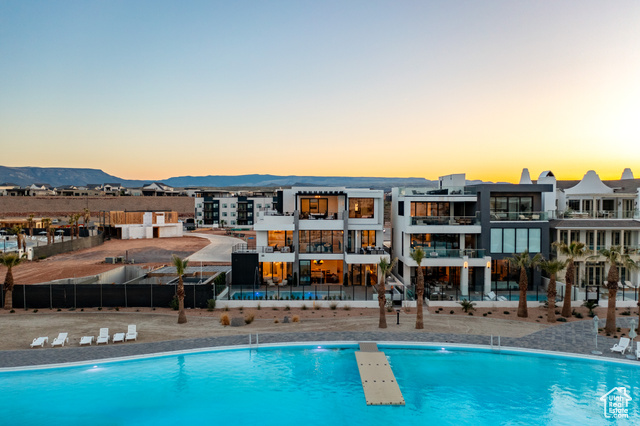
864 W SAPPHIRE SKY LN #546, St George, UT
$4,300,000
Bedrooms: 7 Bathrooms: 9 Square feet: 5,136 sqft

La Casa Cir, St George, UT
$575,500
Square feet: 14,391 sqft
11. Mount Timpanogos
About 33 miles from Provo, Mount Timpanogos is a major draw for hikers and alpine recreationists. Access to challenging hikes and alpine lakes positions nearby towns as attractive second-home or weekend-getaway markets. Homes marketed toward outdoor enthusiasts benefit from features like secure outdoor storage, mudrooms, and durable finishes that accommodate active lifestyles.
10. Provo City Center Temple
The reconstructed Provo City Center Temple anchors downtown with historic architecture and well-maintained gardens. Such landmark restoration projects often spur downtown revitalization—improvements to streetscapes, pedestrian infrastructure, and nearby retail—which can elevate property values in adjacent urban neighborhoods and spur mixed-use development interest.
9. Sundance Mountain Resort
Twenty minutes from Provo and at the base of Mount Timpanogos, Sundance offers trails, mountain biking, ziplining, and a scenic lift ride. Resort-proximate housing tends to attract buyers seeking lifestyle properties and short-term rental opportunities. The presence of year-round events (concerts in summer and music series in winter) also supports local hospitality and service jobs, contributing to workforce housing needs.
8. Brigham Young University Museum of Art
BYU’s Museum of Art showcases works from Rembrandt to modern installations and hosts events that animate campus cultural life. Art institutions help diversify neighborhood appeal, drawing residents who value cultural amenities and supporting demand for walkable neighborhoods with cafes, galleries, and performance venues.
7. Provo River
The Provo River offers tubing, rafting, kayaking, and miles of river trail for walking and biking. Rivers and greenways enhance neighborhood livability; properties adjacent to the Provo River Trail often enjoy higher walkability scores and greater appeal to active commuters and families. For investors, river-based recreation increases seasonal visitation, potentially raising short-term rental occupancy.
6. Provo Beach
Provo Beach is a large indoor recreation complex featuring a Flowrider, ropes courses, bowling, and family attractions, making it a year-round draw independent of weather. Family- and entertainment-focused amenities like this strengthen demand for nearby condos and townhomes marketed to young families and multi-generational households seeking convenient leisure options.
5. Lavell Edwards Stadium (BYU)
With capacity for over 62,000 fans, Lavell Edwards Stadium is a major campus asset. College sports drive periodic spikes in short-term lodging demand, restaurant traffic, and event-driven rentals. Neighborhoods near the stadium benefit from energy on game days but should be evaluated for traffic and noise when advising buyers about quality-of-life trade-offs.
4. Y Trail on Y Mountain
The Y Trail climbs steeply to the iconic 380-foot “Y” visible above the city, providing sweeping views across Utah Valley. Trails that terminate with city panoramas enhance neighborhood desirability for buyers who prioritize daily access to hiking and scenic overlooks. Proximity to trailheads can also raise price points for walkable, recreation-focused communities.
More Properties You Might Like
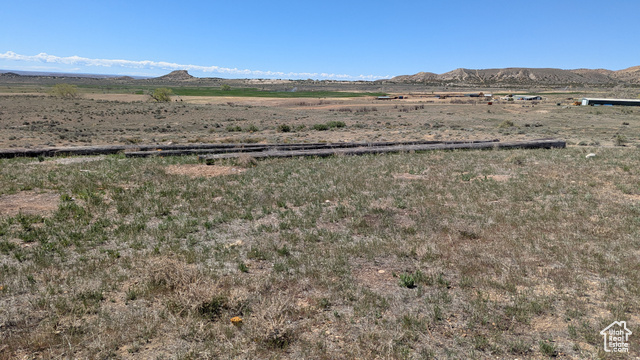
2098 E GOOSE RANCH RD, Vernal, UT
$103,000
Square feet: 274,864 sqft
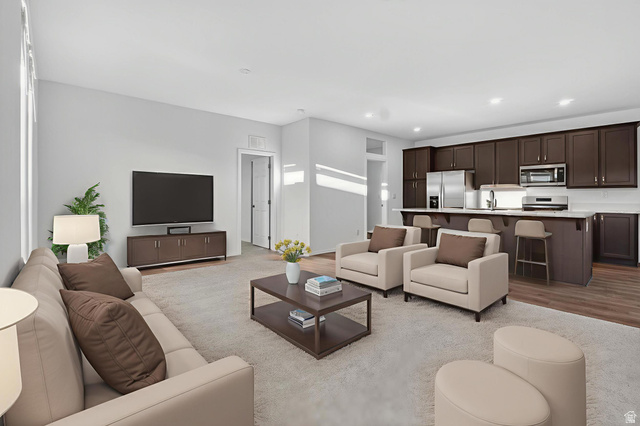
1700 W 2700 N #36, Pleasant View, UT
$230,000
Bedrooms: 4 Bathrooms: 2 Square feet: 2,100 sqft
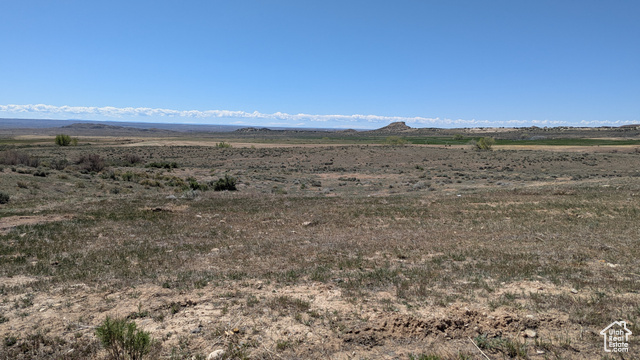
2148 E GOOSE RANCH RD, Vernal, UT
$116,000
Square feet: 309,276 sqft
3. Provo Farmers Market
Held seasonally in Pioneer Park and moving indoors in winter, the Provo Farmers Market supports local food systems, craftspeople, and community events. Strong local markets like this improve neighborhood cohesion, increasing appeal to families and young professionals who value local sourcing and outdoor community spaces—factors that favor single-family and smaller multi-family housing.
2. Provo Pioneer Village
This living history site recreates mid-1800s pioneer life with restored cabins, schoolhouses, and craft demonstrations. Heritage attractions contribute to cultural tourism and educational programming that support local weekday visitation. Neighborhoods connected to such attractions often benefit from tourism-driven economic activity while maintaining family-friendly character.
1. Thanksgiving Point (Lehi, ~20 minutes)
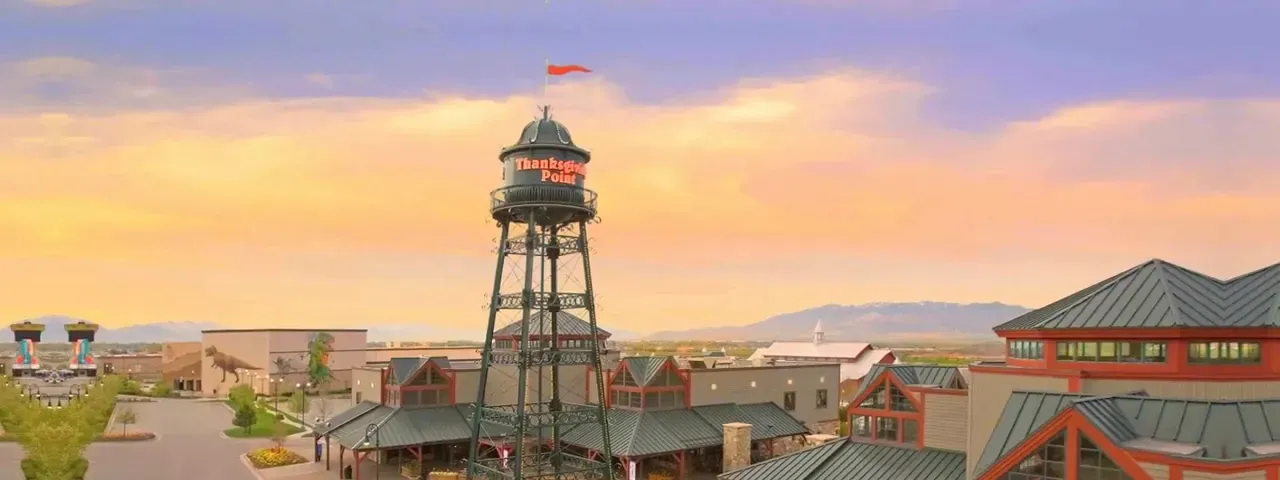
Although in nearby Lehi, Thanksgiving Point is a significant regional amenity featuring Ashton Gardens, the Butterfly Biosphere, and multiple museums. Large regional attractions influence where families and investors look for housing—often favoring communities with easy access to major cultural and recreational hubs. Transportation links between Provo and Lehi can play a role in commuting patterns and cross-city housing demand.
How Local Attractions Influence Provo Real Estate
Attractions shape neighborhood demand in several measurable ways: proximity to parks, trails, and river access raises walkability and lifestyle appeal; university presence stabilizes rental demand and creates consistent buyer pools; and large cultural or resort destinations support hospitality and service sector employment, which in turn increases demand for nearby housing. Investors should map seasonality—campus semesters, river season, and resort events—to anticipate occupancy trends and pricing opportunities. Buyers focused on long-term appreciation should weigh proximity to established amenities, future development plans, and infrastructure projects that may enhance connectivity.
Step-by-Step: Buying Near Provo's Top Amenities
- Define lifestyle priorities: Select whether proximity to the canyon, lake, campus, or downtown culture is most important.
- Assess commute and transit: Evaluate highway access and typical game-day or weekend traffic, especially near BYU and Lavell Edwards Stadium.
- Analyze seasonality: Determine rental demand spikes tied to university semesters, outdoor recreation seasons, and events at Sundance or Thanksgiving Point.
- Inspect property features: Prioritize mudrooms, storage, durable landscaping, and parking—features that suit outdoor lifestyles and seasonal gear.
- Factor long-term growth: Consider planned infrastructure, downtown redevelopment, and any conservation protections around parks and waterways that preserve scenic value.
Neighborhood and Lifestyle Snapshot
Provo neighborhoods range from walkable urban blocks near Center Street and BYU to quieter suburban areas closer to Utah Lake and the base of Provo Canyon. University-adjacent areas often show higher rental turnover and investor interest, whereas canyon- and lake-adjacent neighborhoods attract homeowners prioritizing recreation and scenic views. Newer developments and those connected to regional hubs like Thanksgiving Point often draw families and professionals seeking modern amenities and shorter commutes to employment centers across Utah Valley.
Fictionalized Scenario: A Family Choosing Provo
When a family relocated to the area, the choice landed on a mid-century home within a 10-minute drive to Provo Canyon and a short school bus ride to downtown elementary schools. The combination of weekly farmers market trips, easy river trail access for weekend bike rides, and proximity to BYU cultural programs made the neighborhood ideal for both lifestyle and resale value. Their purchase prioritized extra storage for outdoor equipment and a yard suited for seasonal entertaining—features that subsequently increased buyer interest when the property was later listed.
Resources
Conclusion
Provo’s mix of mountain recreation, university culture, and family-friendly amenities creates a diverse real estate landscape. Buyers, sellers, and investors should weigh proximity to attractions such as Provo Canyon, Utah Lake, BYU, and regional hubs like Thanksgiving Point when evaluating property value, rental potential, and lifestyle fit. Applying a step-by-step buying approach—assessing commute, seasonality, property features, and long-term growth—helps align real estate decisions with personal goals and market realities.
Frequently Asked Questions
Which Provo neighborhoods are best for families who value outdoor recreation?
Neighborhoods near Provo Canyon, Utah Lake, and the Provo River Trail rank highly for outdoor access. Suburban areas with larger lots and proximity to parks—particularly those near Big Springs Park and Vivian Park—offer family-friendly amenities and school access that appeal to homebuyers seeking recreational convenience and community-oriented living.
How does BYU affect the local housing market?
BYU creates steady rental demand from students, faculty, and visiting scholars. Areas within walking distance of campus often see higher demand for smaller homes, duplexes, and multi-bedroom rentals. Investors should expect predictable occupancy cycles tied to the academic calendar and evaluate properties for roommate-friendly layouts and proximity to transit.
Is Provo a good area for long-term real estate investment?
Provo’s combination of university employment, outdoor amenities, and regional growth supports a resilient housing market. Long-term investors should consider supply constraints near natural attractions, potential for appreciation in walkable downtown areas, and seasonality in vacation-oriented rentals. Thorough due diligence on zoning and HOA rules is recommended for short-term rental strategies.
Are there flood or wildfire risks that affect property insurance or values?
Like many mountain-front communities, certain parcels near waterways or steep slopes can carry flood or wildfire exposure. Prospective buyers should review hazard maps, obtain a professional inspection, and consult local planning departments for recent mitigation efforts. Insurance requirements and premiums should be factored into overall affordability assessments.
Where can more detailed Utah real estate resources be found?
Comprehensive Utah real estate listings and local market information can be found at https://bestutahrealestate.com. For state-level data and planning resources, refer to https://utah.gov and for demographic context consult https://census.gov.
